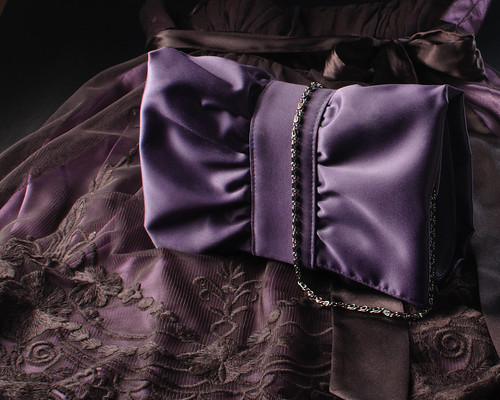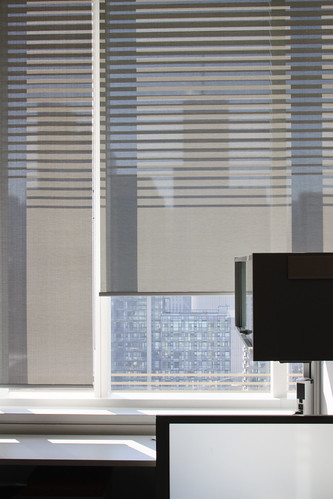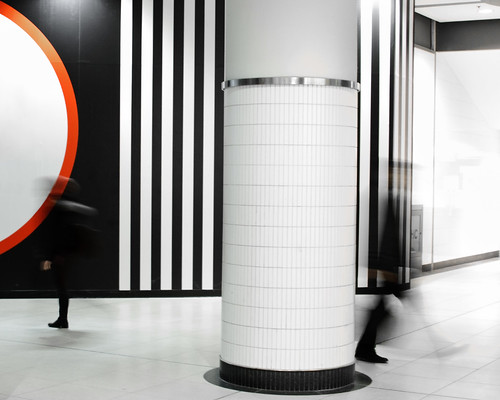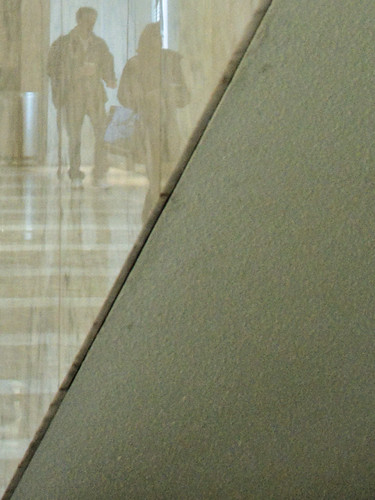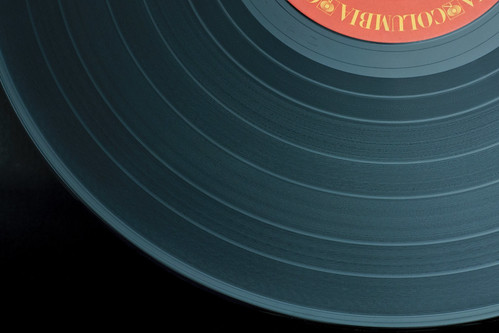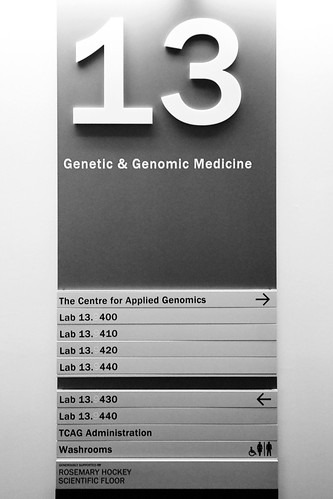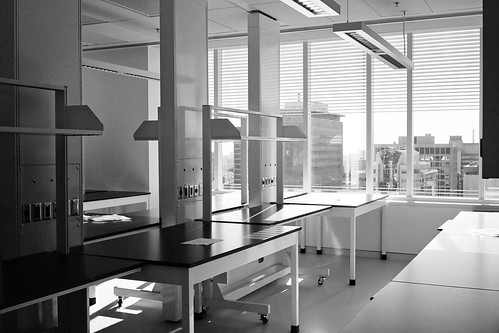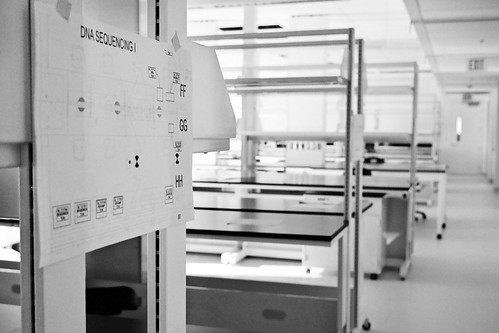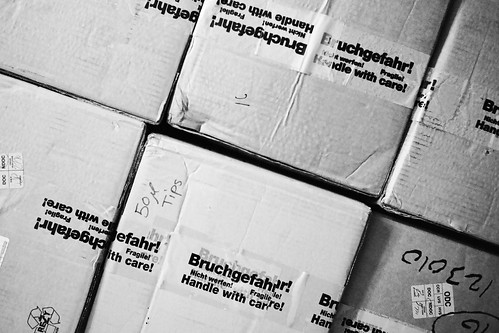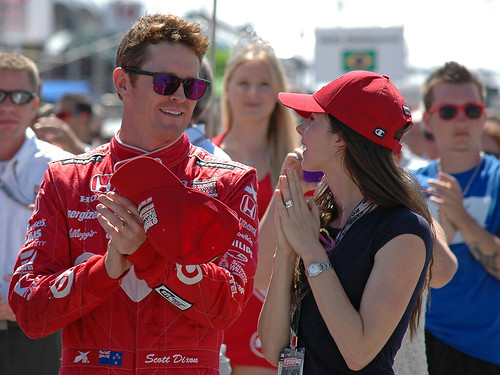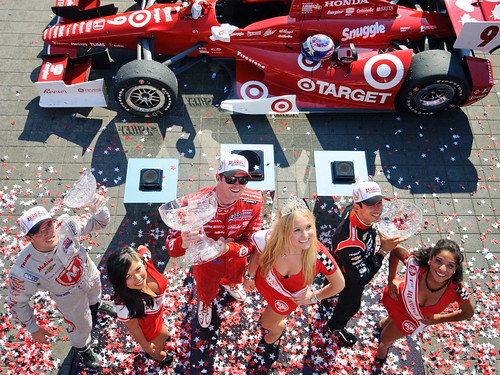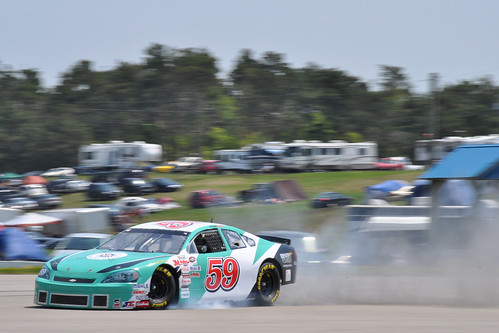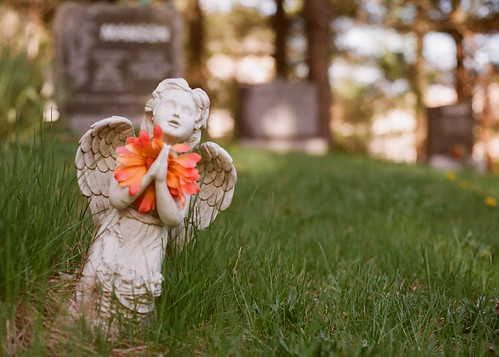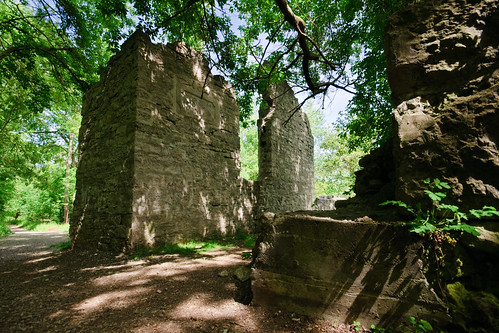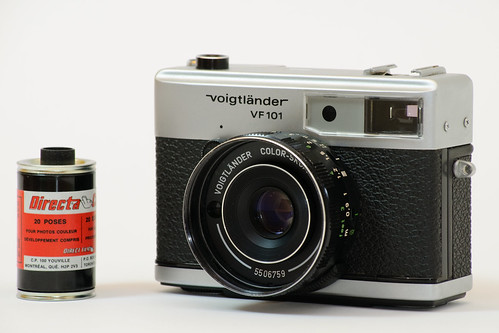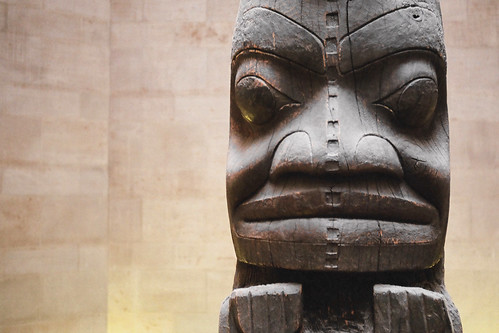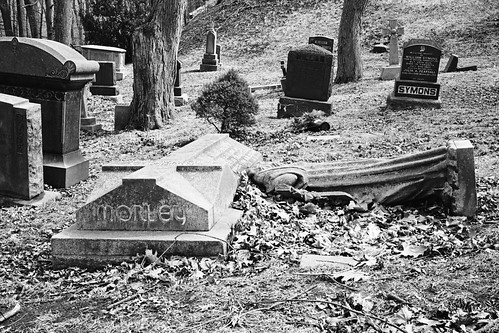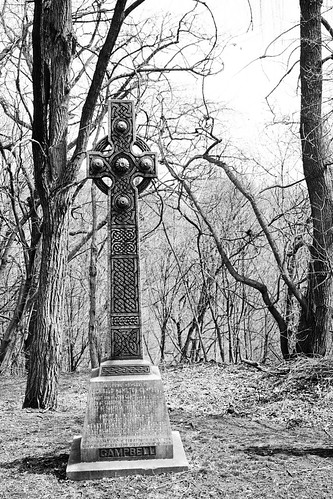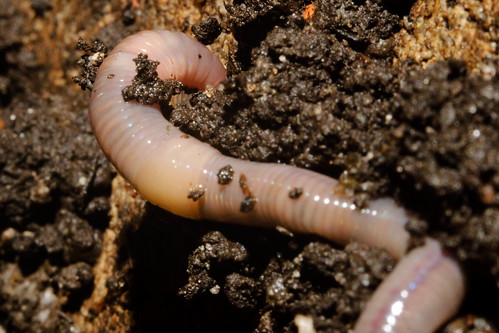Some days ago, Henry posted a set of what he describes as “more or less impertinent questions” asked of “various working scientists”, and challenged his readers to answer them. Now, I’m not much of a twenty-first-century technophile, but even I know that such a thing is sometimes called a meme, and as such, absolutely demands a response, much like chain letters of yore.
Why two weeks late, you ask? Well, when Henry first posted, I was either en route to Stonehenge or back, or up the London Eye, or somewhere else equally devoid of internet connection. But more on that trip later.
Questions, questions… and answers.
1. Summarise yourself in the form of a title of a paper in Nature.
“Work habits of a Canadian molecular biologist – a 45-year retrospective”.
2. What was your first experiment as a child?
Probably something involving vinegar, baking soda, and a corked test tube. Just imagine.
3. What makes a good scientific mentor?
The willingness to really “go to bat” for your trainees. Sometimes having the boss stand up for you can be a real confidence booster. Other times, I suppose it could have the opposite effect.
4. Who has been the most important mentor in your career?
Diane Wilson Cox, who took me on as an undergraduate, and subsequently graduate, student, despite my less-than-stellar undergraduate academic record.
5. Other than your mentor, whose graduate student would you most like to have been (historical impossibility notwithstanding)?
Lap-Chee Tsui, whose lab was next door. Many friends and acquaintances worked for him, and he was a member of my graduate thesis committee. His lab was also extraordinarily productive.
6. You are the only scientist at a party. How do you describe what you do for a living?
I tell them I try to understand how autism runs in families, like diabetes, heart disease, and certain cancers. That’s usually technical enough.
7. What single paper, talk, experiment or other event has been most influential in your career?
A tiny little exonuclease assay that proved I had mapped to the end of chromosome 14. While rather insignificant in the great scheme of things, it was the final nail in the coffin that was my PhD work, and allowed me to write up and finish.
8. What literary character would you employ as a postdoc, and why?
I rather liked Andy, from Jennifer Rohn’s “Experimental Heart“. Seemingly a bit directionless, when the going gets tough, he gets the job done. Saying any more would spoil the plot, so I’ll leave it there.
9. What was the worst/most memorable comment you ever received from a referee?
I don’t remember. It can’t have been that bad, I guess. A collaborator did once congratulate a former supervisor on having gotten so much work out of her summer student (i.e., me), which was a bit gratifying, if not exactly what the question asked for.
10. What gives you the most job satisfaction now?
Gathering data about our research and operations outputs – publications, billing information for the core facility, activity, outreach. I’m consistently amazed by how much we manage to get done.
11. Why is physics so hard?
I never found it particularly hard, and even considered adding a minor in Physics to my Molecular Genetics and Molecular Biology undergraduate degree. But I suspect the right answer is “integral calculus”.
12. What are your major frustrations?
Human Resources. Anyone surprised by that?
13. What book is currently on your bedside table?
It’s actually on the floor – Galen Rowell’s “Inner Game of Outdoor Photography“.
14. Do you have a burning ambition to do something of no practical or immediate value? If so, what?
I would really like to take a photograph that becomes an icon, like Robert Doisneau’s “The Kiss“, or Alfred Eisenstaedt’s “V-J Day in Times Square“.
15. Which field of science (apart from your own) deserves more funding?
Conservation research. Everywhere in the world.
16. What music heads the playlist in your car or lab?
Rock of various kinds, mostly not current.
17. What do you most dislike about having research published?
That nagging feeling that maybe, just maybe, I forgot some important control.
18. Where and when would you most like to have lived and worked?
I’ve always loved things related to Medieval Britain – castles, knights in armour, all that stuff. But I suspect the reality would be rather unpleasant by modern standards.
19. The job of Captain of the U. S. S. Enterprise in Star Trek has become vacant. Nominate any real person, living or dead, for the post.
Although a privateer and slaver, I think Sir Francis Drake has the right kind of swashbuckling and adventurous credentials.
20. The internet is the bane of a scientist’s life because …
It’s like looking up a word in a dictionary. There are endless interesting distractions.
21. You have the audience in your hands, but some smart-alec asks you a killer question you’ve no idea how to answer. What do you say?
I’d follow an excellent piece of advice from a previous supervisor – if you don’t know the answer, say that you don’t know.
22. Assuming the dead can be raised and/or time travel exists, who from the world outside science would you most like to have dinner with?
I imagine photographer Robert Capa would have some good tales, as would John Steinbeck. Jesus Christ would be interesting too, naturally, although perhaps that would be theologically dangerous.
23. You are on a plane behind two students obviously going to the same conference, who start to talk about your work. What do you do?
I’ll go with Henry’s answer here: eavesdrop. Then lean over the seat and introduce myself, at a time carefully calculated to cause maximum embarrassment to all.
24. What one thing would you rescue from your burning laboratory?
My laptop. Except it’s in an office across the hall from the laboratory. Not sure there’s anything specific over there I really care about that much, unless people count as “things”.
25. What overlooked or underrated discovery really changed the science in which you work?
The micropipettor. How could you do molecular biology without one?
26. What’s the best piece of advice you’ve ever received?
From the same former supervisor as provided the “if you don’t know the answer…” advice: “Positive control. Negative control. Every experiment.”
27. What do you do to relax?
Go to car races and take hundreds of photographs. Then spend hours and hours editing them.
28. What would you have become, if not a scientist?
Seems to me that junk bond trader might have been a good choice, although professional musician might have been an option. I used to play piano competently and clarinet quite well, once upon a time. No idea if I could have made a living at it, though.
29. What’s your motto?
I’ve had several over the years, but Bob Dylan’s line “Twenty years of schoolin’ and they put you on the day shift” has always been a favourite. I do like a line from a Pier Giorgio Di Cicco poem too: “There is another way of putting this. But I forgot it.” Not really mottos, I suppose, but they seem relevant.
30. Is there a ‘tyranny of reductionism’ in how scientists are trained today?
I have no idea what that means. So maybe.
31. If you were reborn as a comic-book superhero, what would be your superpower?
Am I allowed to choose? Teleportation would be good, since I enjoy visiting new places, but I really hate the mechanics of traveling. If it had to be something from an established comic-book superhero, flying like Superman.
32. What previously under-recognised sport should be included in the Olympic Games?
I’d like to see a return to the Classical days, where poetry and drama were included. Failing that, how about freestyle luge jumping for the winter games, and Jai alai for the summer?
33. What’s the one thing about science you wish the public understood better?
That sometimes it’s really, really hard to find an answer.
34. Under what conditions do you have your greatest or most inspired ideas?
Usually while walking from place to place, without anything available to record them.
35. Harry Potter or Lord Of The Rings?
Do I have to choose? Potter. But how about Narnia?
36. You’ve just been told (in confidence) that the world will end tomorrow. What do you do?
Find my family and do whatever they want to.
37. What’s the most interesting thing in your fridge?
Delicious chutney made by my father-in-law. Mmm chutney.
38. What’s your favourite conference destination, and why?
That I’ve been to? Bangkok. A completely mental city that nevertheless seems to have an underlying calm. And incredible architecture, tremendous modern shopping, wonderful night markets, and delicious food everywhere. I could go on for hours.
39. What one thing would you change about Nature (the magazine, not the concept)?
Much as I love that people study astronomy, cosmology, and high-energy particle physics, I really can’t get much out of articles on those topics. So I’d replace them with beautiful photographs illlustrating the findings.
40. Which actor would best portray you in a film of your life story?
According to this experiment, it seems the Internet prefers Patrick Swayze. I, however, would choose Kevin Bacon, because he’s cool.
41. Name one extravagance you can now get away with because of your eminence.
Eminence? That may be over-stating things. But I can close my office door, because I now have an office. Even seven years after first getting my own, it still seems like a luxury.
42. What music would you have played at your funeral?
Although Blue Öyster Cult’s “Don’t Fear The Reaper” jumps to mind, I think for the sake of anyone attending I would instead request the Air from Johann Sebastian Bach’s Orchestral Suite No. 3 in D major, BWV 1068 – the famous “Air on a G String”.
43. What would be the title of your autobiography?
“Read Something Else, This Is Boring.”
44. What’s just around the corner?
Goodness knows. I’m only forty-five, with kids that aren’t even teenagers yet, and a wonderful wife. All kinds of things could happen.





